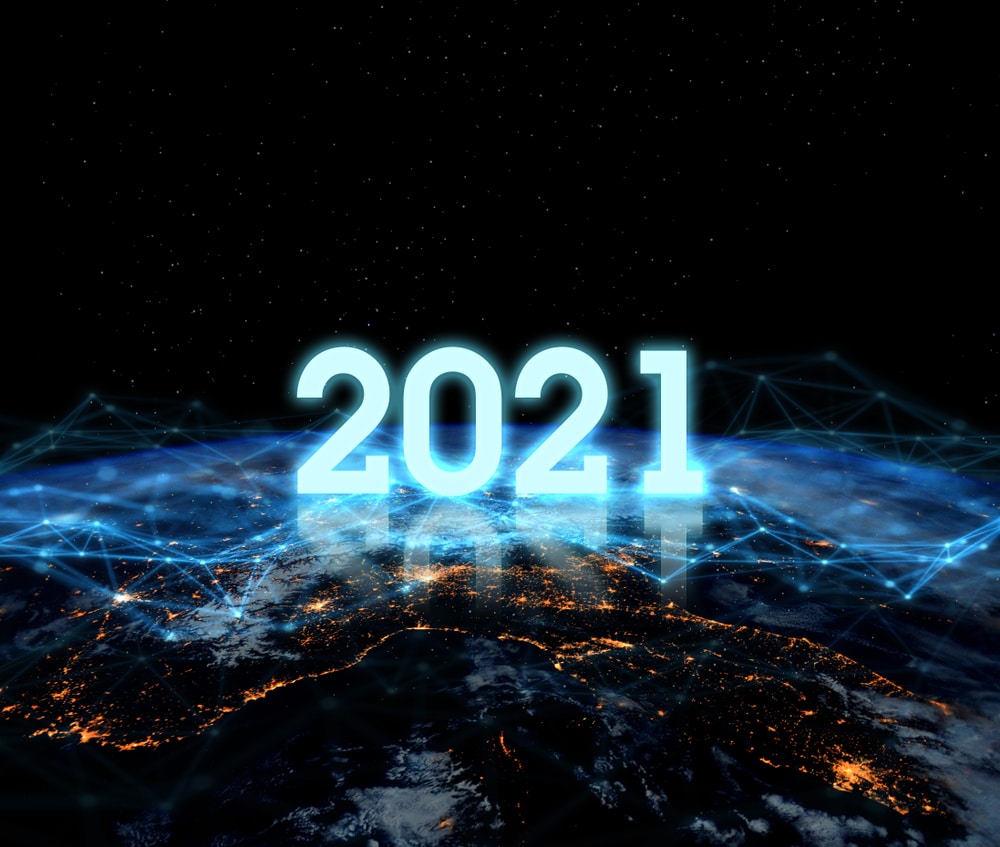
There is a psychological trend known as the Baader-Meinhof phenomenon, or Baader-Meinhof effect, which is when your awareness of something increases leading you to believe it’s happening more often, even if that’s not the case.
Baader-Meinhof phenomenon is a frequency bias. You notice something new, or something that is new to you, such as a type of car, a company or brand, or in the case of security risk management – a threat. Suddenly, you’re aware of that thing all over the place. There’s no increase in occurrence, it’s just that you’ve started to notice it. Practically, an example of this is that when you are walking down the road you are often unaware of the number of cars passing until such a time as you want to cross to the side, at which time you suddenly notice a high number of cars driving passed you.
However, there are many examples of this phenomenon in the risk environment. In insurance, purchases of property insurance increase dramatically in areas where a fire has just damaged a house, even if the insurance customers were not impacted and the risk of someone’s house being damaged by a fire is rarely affected by a fire in another home in the area.
In 2011, when a devastating earthquake and tsunami damaged the Fukushima Daiichi nuclear power plant in Japan, radiation leaked into the atmosphere. News that potassium iodide pills could help prevent radiation-induced thyroid cancer sparked a run on pharmacy supplies in the USA, thousands of miles away from the disaster, even when there was no evidence of increased radiation exposure in the US.
These days there is a tendency to be reactive to media-driven events, such as pandemics, terrorism, severe weather, etc. In short, after an event, we tend to exaggerate the magnitude of the risks we become aware of. This makes a realistic assessment of potential threats challenging.
The world in 2020 was shaken dramatically by COVID-19. While there was ample evidence that a global pandemic was a risk and many governments had considered this possibility, the overall response was – and in many cases continues to be – slow, ponderous and reactive.
The change in risk perception that COVID has caused is dramatic. Every government and most organisations have a pandemic response plan. In addition, most will now be considering the impacts of COVID-19 and other pandemic events on the future of their businesses.
In his book, “Thinking Fast and Slow,” Daniel Kahneman points out that we tend to fall back on our biases when analysing and making decisions. Kahneman reveals a myriad of biases that affect our perception and decision making. It is important to acknowledge that bias will affect our perceptions of risk after an event. In this instance, it’s important that we avoid the Baader-Meinhof effect and see pandemic in all that we do.
As such, it is probable that many people will focus on the pandemic risk in 2021, forgetting that other events are likely to transpire also. While COVID will not simply disappear on 1 January 2021, security leaders must ensure they keep their eyes on the horizon and be prepared for the risks and opportunities that may affect their business.
With that in mind, what are some things that we could see in 2021:
In addition, there will undoubtedly be shocks, surprises and crisis situations that tax our organisations and opportunities that present themselves ready to be capitalised upon.
It is now more important than ever for security risk leaders to avoid the biases and take a horizon-scanning approach to enable their businesses. Security risk leaders able to take a holistic, forward-looking view to threats and opportunities will make themselves invaluable to the business.

By James Morris, Head of Security Services EMEA at Aon Business Services
Connect with James here